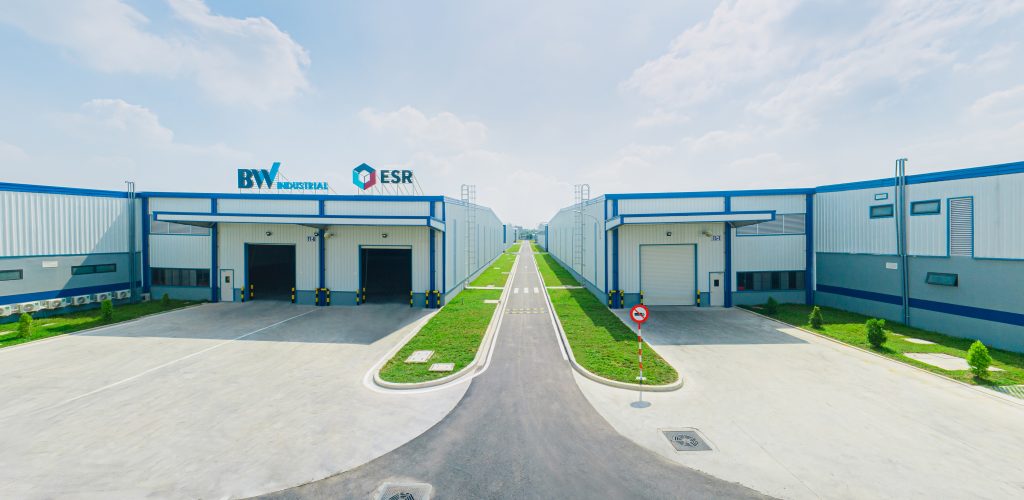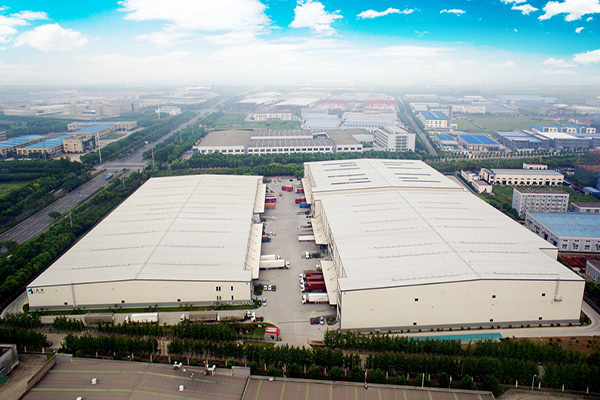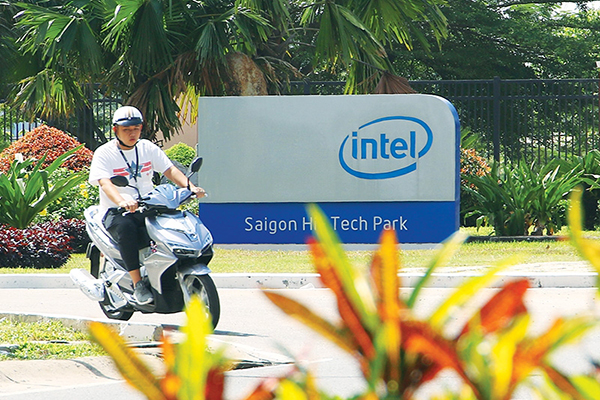[5 min read]
This article is intended to provide helpful information about Vietnam manufacturing for newbie manufacturers coming to Vietnam – a key beneficiary of the reallocation of manufacturing and supply chain activities to Southeast Asia, especially after COVID-19.
VIETNAM ECONOMIC BACKDROP & OCCUPIER TRENDS
In mid-2021, when HCMC authorities tightened social distancing measures three consecutive times, the number of infections exceeded 650,000 and the number of COVID-19-related deaths surpassed 16,000, many people feared that FDI companies would withdraw their factories from Vietnam. However, the concern soon fades away as “queen bees”, or giant FDI companies keep investing in Vietnam in the latter half of 2021. For instance, in August 2021, LG Display increased its investment in the northern port city of Hai Phong by $1.4 billion, bringing the company’s OLED display production at the Hai Phong factory to 13-14 million units per month. In October 2021, FMCG group Hayat (Turkey) launched its first product, Molfix baby diapers, following a $250 million investment in a Vietnamese factory in the southern province of Binh Phuoc. In December 2021, international toymaker Lego Group announced plans to spend more than $1 billion to build a factory in southern Vietnam. Most recently, in Jan 2022, as reported by the Central News Agency (CNA) of Taiwan (China), Vietnam has replaced China as the largest Nike footwear producer in the world, with 51 percent of its shoes produced here, compared to 21 percent in the neighboring giant.
According to Lance Li – CEO of BW Industrial Development JSC (BW), Vietnam’s key attraction lies in its geographical location and labor force. Indeed, to avoid solely investing in China and to diversify the business into other countries, especially taking on the supply chain lessons learned during the first wave of the pandemic, foreign investors are now choosing Vietnam as an alternative production base.
“For our ready-built factory sector, we have many clients waiting for visas to fly to Vietnam to make key decisions,” he added.

BW’s brand new ready-built factory in My Phuoc 4 Industrial Park
Lance elaborated on the advantages that make Vietnam an attractive destination for foreign capital: an educated and relatively inexpensive workforce; rapidly improving infrastructure, and a growing number of Free Trade Agreements of which Vietnam is a part of, including the ASEAN Free Trade Area, CPTPP, EVFTA, and, most recently, RCEP.
To date, Vietnam is among the fastest-growing economies in Southeast Asia and is one of only a few countries in the world to achieve positive GDP growth of 2.91% in 2020. Despite the disruption caused by COVID-19, Vietnam remains an important destination for foreign direct investment, as evidenced by $31 billion in committed foreign direct investment (2021), up 22% year-on-year. The International Monetary Fund (IMF) estimates that Vietnam’s GDP will expand 6.6 percent in 2022, with global companies maintaining a strong commercial sentiment to invest in the country. As the largest industrial for-rent developer in Vietnam, we at BW foresee below the trend of Vietnam manufacturing is taking place in 2022 and beyond:
- Location preference: Due to the scarcity of assets in metropolitan areas in Hochiminh City and Hanoi, satellite cities/emerging such as Dong Nai or Long An in the South and Bac Giang & Quang Ninh in the North have drawn significant attention from logistics occupiers.
- Product preference: Build-to-suit or ready-built facilities as they enable occupier to operate efficiently and provide capacity for expansion without racking up massive investment in fixed assets
- A shift in inventory strategy: From Just-in-time (JIT) to Just-in-case (JIC) – a universal trend. Before COVID, the “Just-in-time” model made sense. Costs were minimized by eliminating excess inventory while avoiding piles of finished but unsold products. However, turbulent events in recent years have called into question the merits of de-stocking. The pandemic troubled the factory and warehouse operations and also disrupted global shipping,hitting many industries hard. At a time when the global economy is undergoing extraordinary upheaval, Just In Time is therefore behind the times.
- ESG hypothesis: Vietnam’s partnership with other nations and economic blocs, including EVFTA, has motivated local companies to pay more attention to ESG issues to attract the attention of foreign investors. Compared to other countries with the same socio-economic conditions, Vietnam’s educational activities are much more remarkable. The interest of foreign investors would also strengthen the conditions for implementing a sustainable strategy for the environment, transparency and labor. According to a report from the Ho Chi Minh Stock Exchange (HoSE) in August 2020, local companies that understand and apply ESG principles had a greater ability to bounce back from the COVID-19 crisis. Finally, in addition to meeting ESG criteria, it also has a degree of operational efficiency that tenants prefer, so it’s a win-win situation.

ESG is deeply engrained in the BW company culture
SETTING UP A BUSINESS IN VIETNAM
With Vietnam now becoming the world’s preferred manufacturing hub, setting up a business in Vietnam is an appealing option. However, legal complexity is one of the bottlenecks for market penetrators. Foreign investors need to obtain an Investment Registration Certificate (“IRC”) first for their “investment project”, then continue by obtaining an Enterprise Registration Certificate (“ERC”) for a new company. Learn more at APPLICATION PACKAGE FOR FOREIGN INVESTMENT IN VIETNAM – IRC & ERC, where we share our experience setting up a new entity in Vietnam.
To find out more about registration procedures for foreign manufacturers in Vietnam and to receive free assistance from us for Vietnam investment projects, please contact our hotline (+84) 28 710 29 000 or send an email to leasing@bwidjsc.com.




